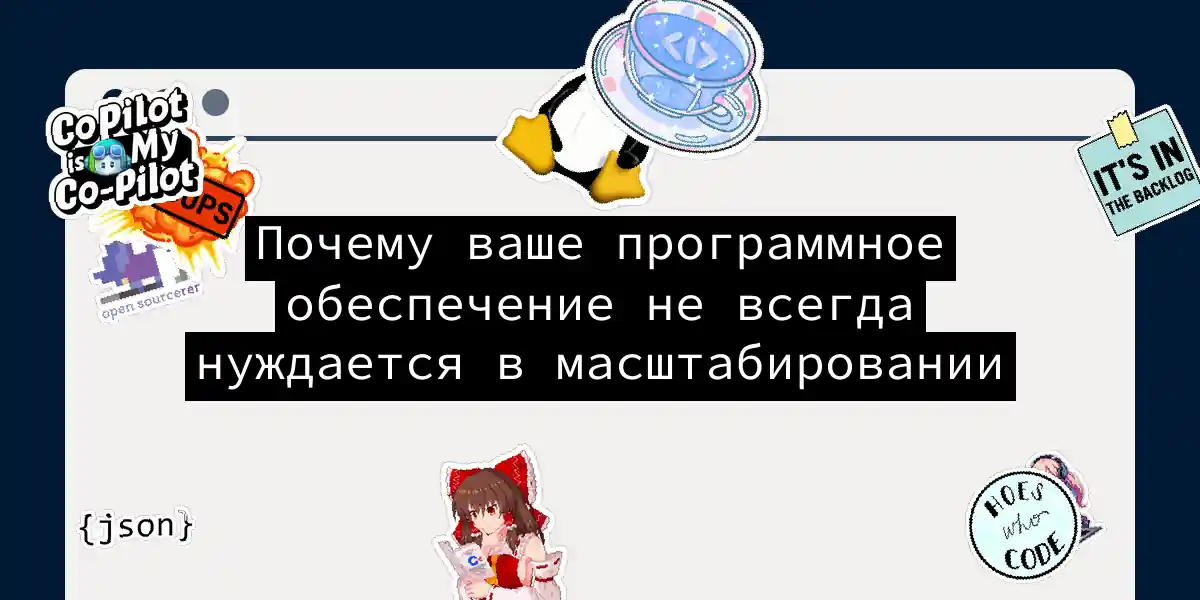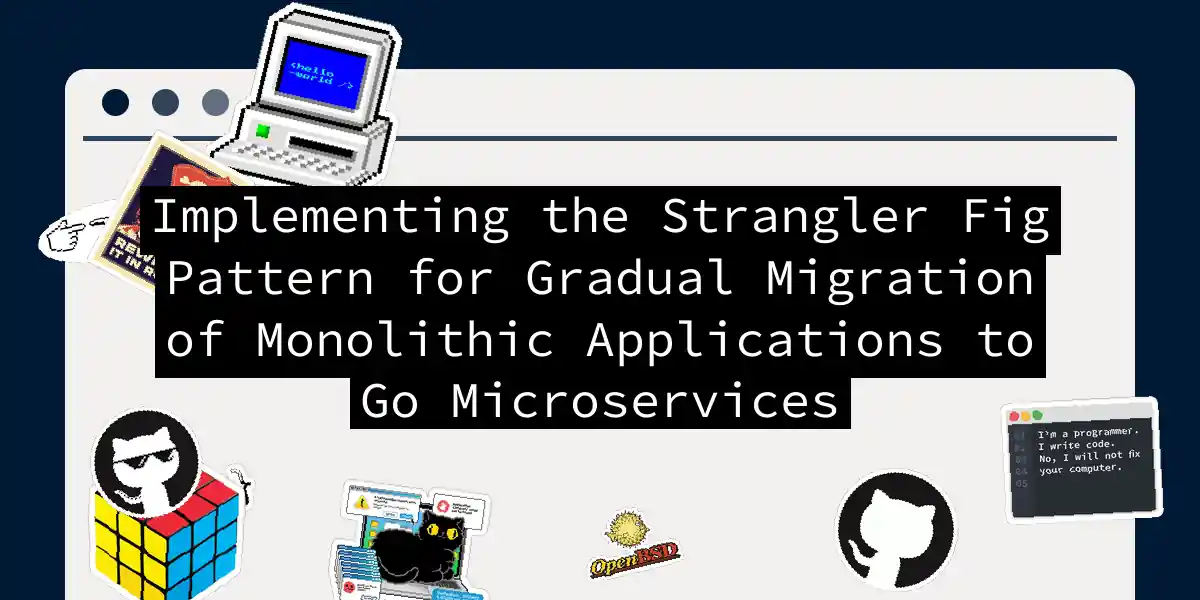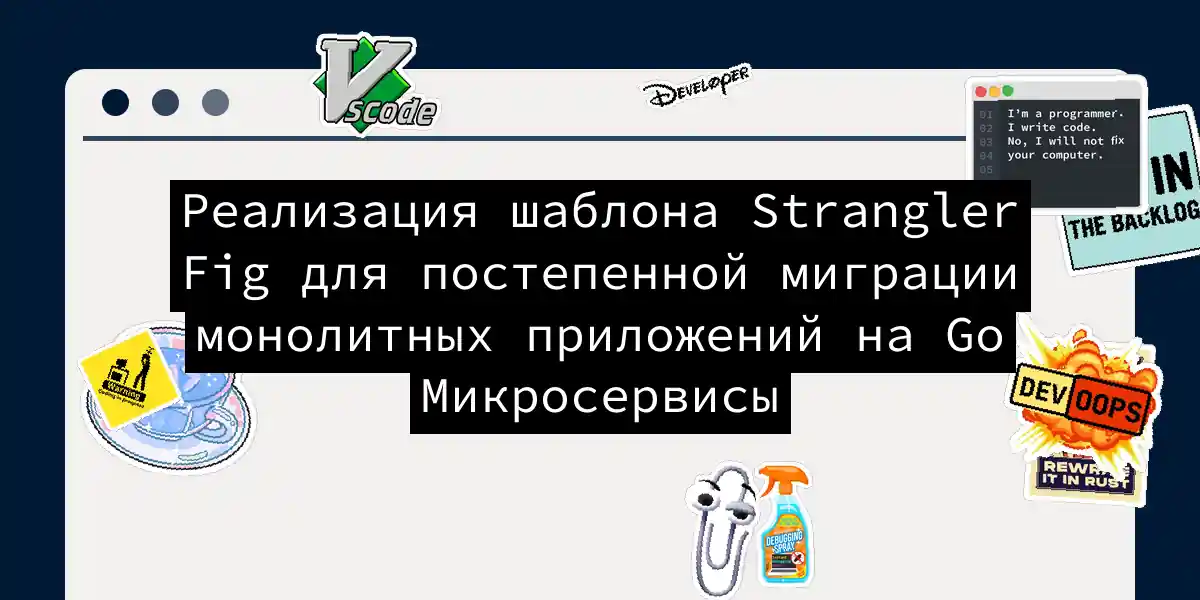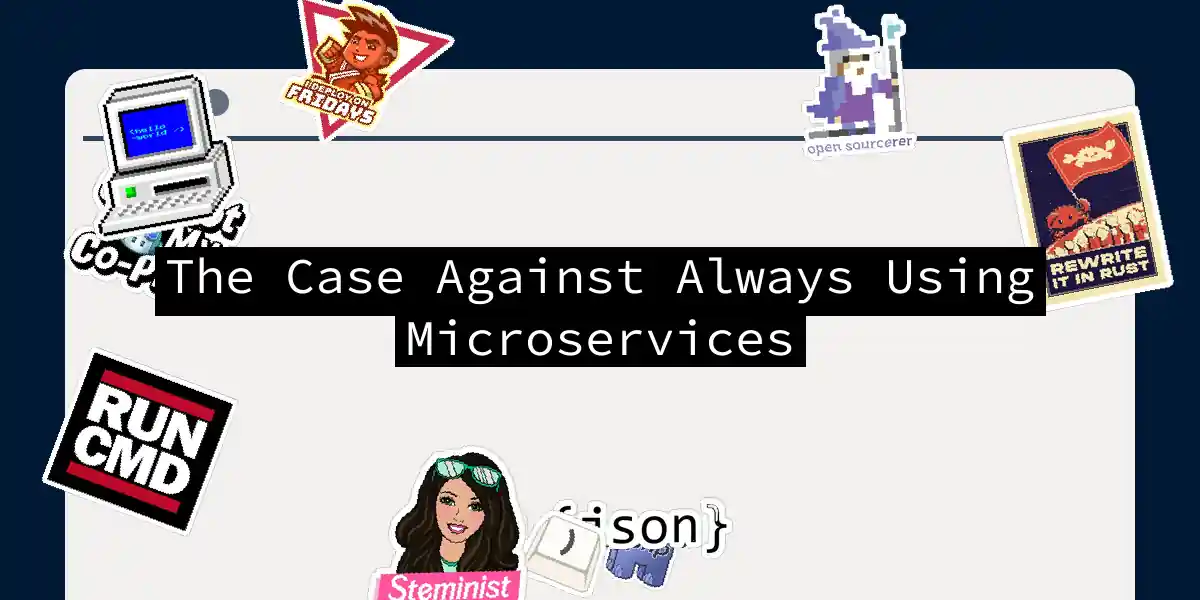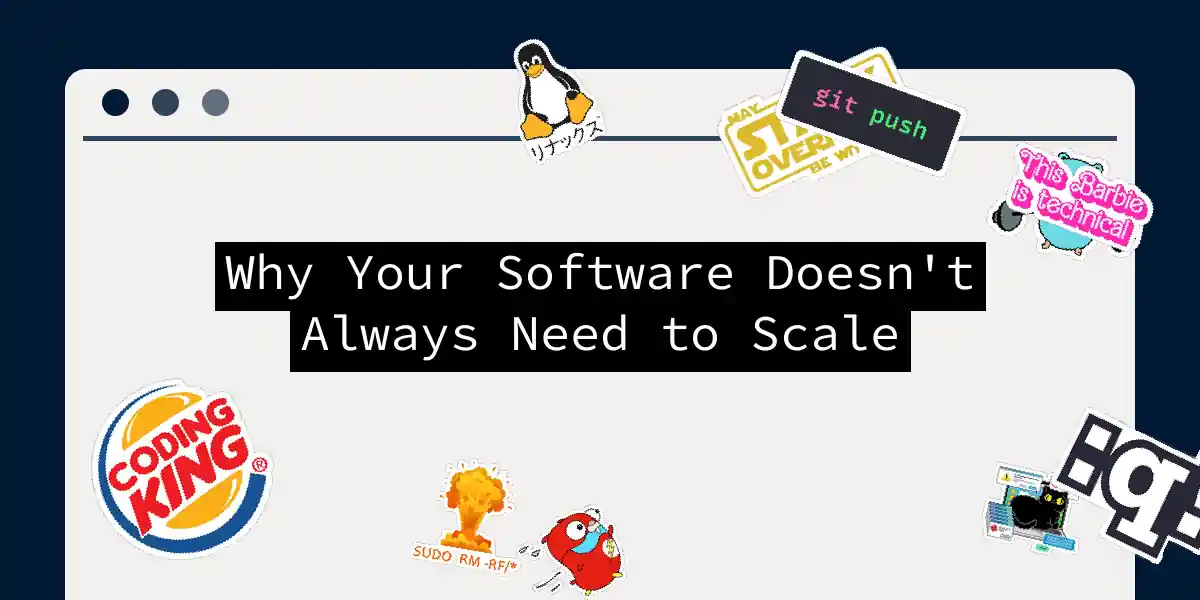
Why Your Software Doesn't Always Need to Scale
Not every piece of software needs to be a distributed system running on Kubernetes across three continents. I know, I know—that’s practically heresy in 2025. But hear me out. I’ve watched too many talented engineers spend months architecting elaborate microservices infrastructures for applications that serve 500 daily active users. I’ve seen startups burn cash on horizontal scaling solutions when a beefy vertical scale would’ve solved their problems for a year. And I’ve definitely been guilty of this myself....
